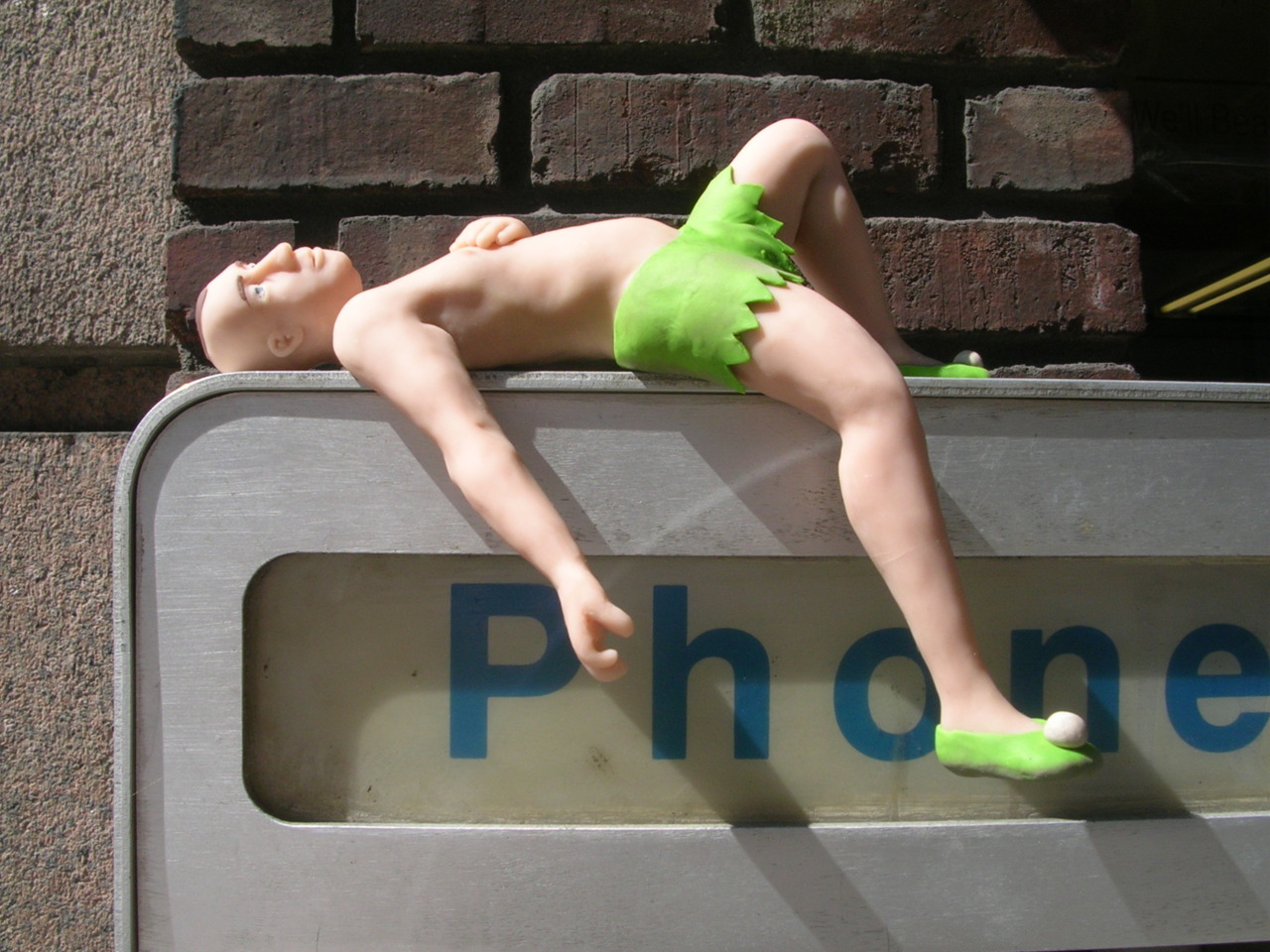I’ve decided to take my “shy mirror” idea from project 3 to the next level for my capstone project. The comments that I received from fellow students really helped me to think a bit deeper about the concept and how far I could take this.
Development & Improvements
– Embed the camera behind the mirror in the center. This way the camera’s viewing angle will always rotate with the mirror and wouldn’t be restricted compared to a fixed camera with a fixed viewing angle like in my current design. Golan mentioned this in the comments and I had this idea earlier before, but the idea kind of got lost during the building process. This time I would definitely want to try out this method and probably purchase some acrylic mirror from Acrylite-Shop instead of the mirror I bought from RiteAid.
– Golan also mentioned using the standard OpenCV face tracker. I wasn’t aware that the standard library had a face tracking option. This is definitely something I will try out, since the ofxFaceTracker was lagging for some reason.
– Trajectory planning for smoother movement. At the moment I’m just sending out a rotational angle to the servo, hence the quick motion to a specific location.
– I always had the idea that this would be a wall piece. I think for the capstone project, I would be able to pull it off if I plan it in advance and arrange a space and materials to actually construct a wall for it. Also, the current mount is pretty ghetto and built last minute. For the capstone version, I would try to hide the electronics and spend more time creating and polishing a casing for the piece.
Personality
This would be the major attraction. Apart from further developing the points above, I’ve received a lot of feedback about creating more personality for the mirror. I think this is a very interesting idea and something I would like to pursue of the capstone version.
In the realm of the “shy mirror”, I could create and showcase several personalities based on motion, speed and timing. For example:
– Slow and smooth motion to create a shy and innocent character
– Quicker and smooth motion for scared (?)
– Quick and jerky to purposely neglect your presence like giving you the cold shoulder
– Quick and slow to ignore
These are now very quick ideas, but I would need to define them more in-depth.
Someone also mentioned adding motion of roaming around slowly in the absence of a face, and becomes startled when it finds one. I think that’s a great idea and it would really help in creating a character.
References / Inspiration
I think this is the most recent and well-known project showcasing personality in an inanimate object. The lamp really takes on a character and tries to interact with the person (although the person’s interaction with the lamp is a bit exaggerated). I could definitely take some notes from the motion and try to incorporate that into my mirrors.
This piece is already 10 years old! I like how it uses a security camera and reverses its purpose. The motion is a bit jerky though and personally I think the placement of the camera is too high. It’s weird when the camera is pointing upwards. It cuts of the interactions between the user and the camera. Perhaps that was the purpose of it…
Reminds of meerkats following and staring at you. Really great how the number of mirrors creates a character as a whole. I don’t think it would have succeeded with only 1 or a couple of mirrors. Something to keep in mind when I’m developing my idea further











